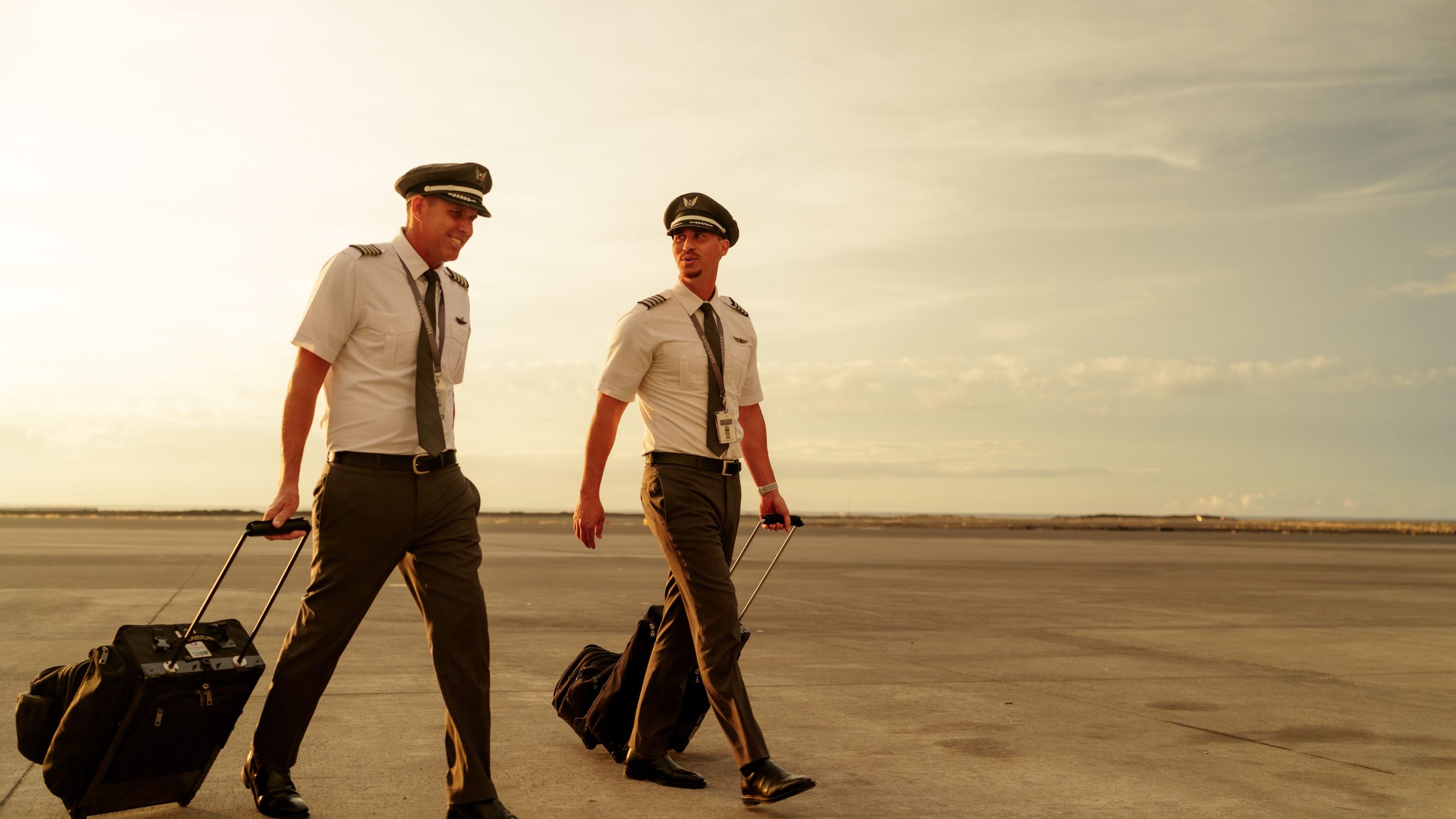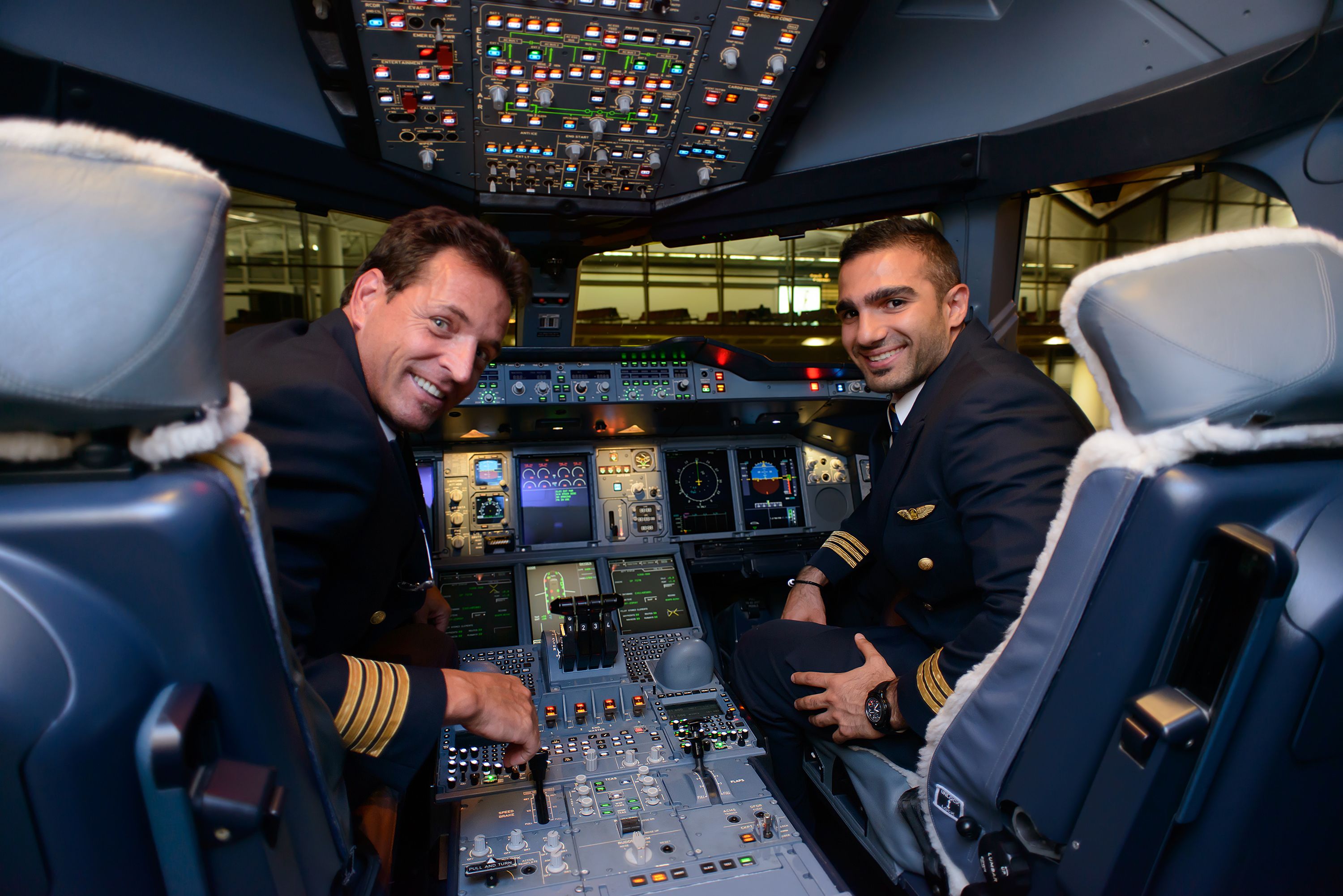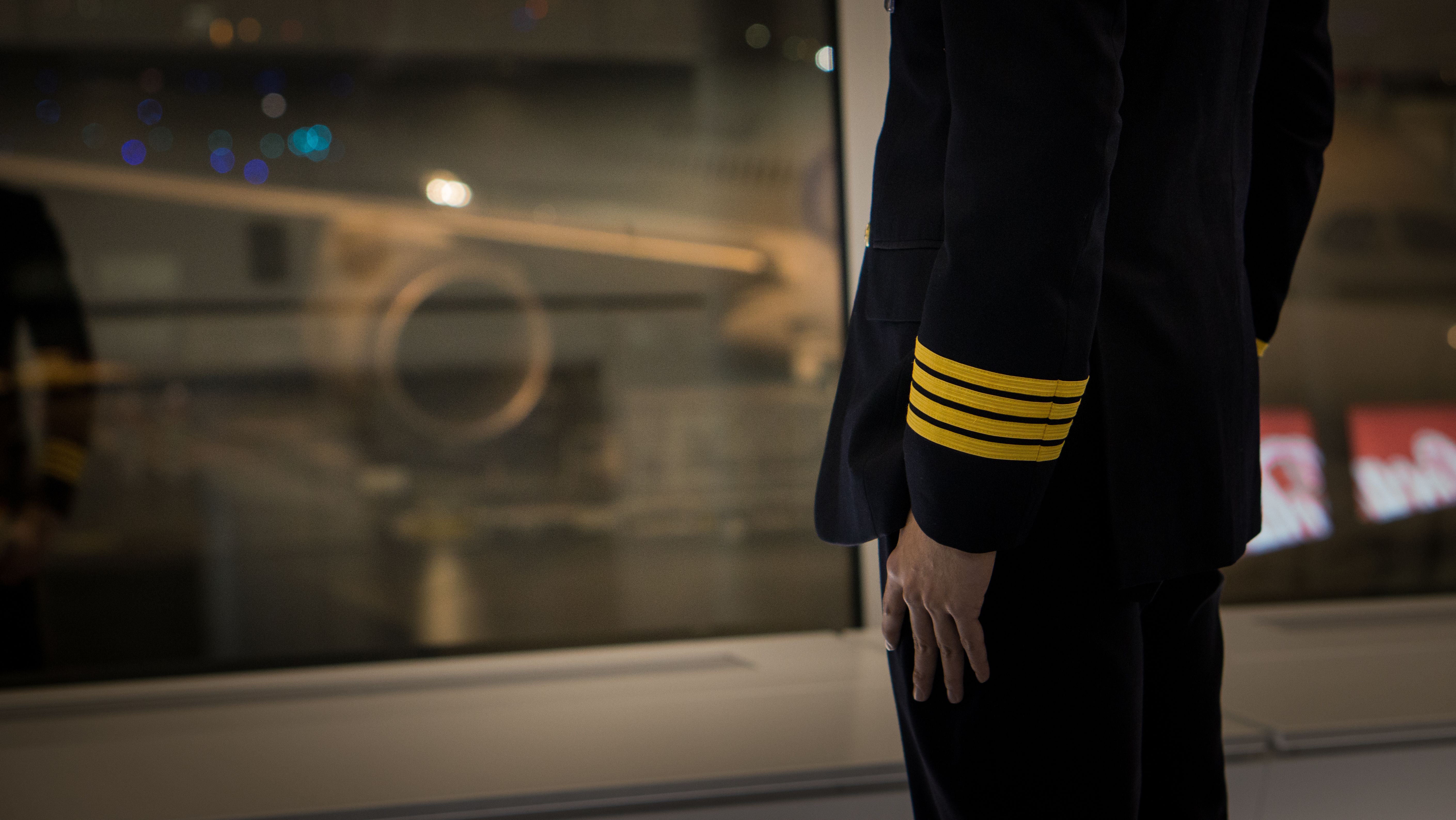Summary
- Line checks involve the observation of a captain and a first officer on a regular company route to assess command authority, decision-making, and flying abilities.
- Check pilots, also known as check airmen, conduct line checks and must meet all requirements to serve as a pilot in command on the type of aircraft they are evaluating.
Pilots must continually validate their flying and decision-making abilities throughout their careers. Recurrent simulator training occurs annually and checks pilots’ abilities to fly wind shear escapes, engine failures, TCAS resolution advisories, and many other maneuvers. In addition to annual simulator training, captains must be observed while flying the line at least once yearly. Here’s what you need to know about line checks in the US.
What is a line check?
Line checks are defined by the federal aviation regulations for US pilots in 14 CFR 121.440. A line check is a straightforward observation of a captain on a regular company route. The captain is complemented by a standard first officer (or captain, if staffing limitations dictate), and the flight is theoretically like any other trip. The line check is a spot check of the captain’s command authority, decision-making, and flying abilities.
Photo: Sorbis I Shutterstock
Though the captain is the person officially being evaluated on a line check, the first officer is part of the working crew and is subject to evaluation. A pessimistic (and perhaps practical) way of thinking labels this type of observation as a “jeopardy event” because both pilots are practically evaluated in the multi-person crew setting. It’s ultimately up to both pilots to identify and correct any mistakes their colleague makes despite it being the captain’s line check nominally. On most line checks, the first officer will be the pilot monitoring and dutifully set up and be a backstop for the captain to make their evaluation as easy as possible. A line check should be like any other flight.
Who can conduct a line check?
Line checks are conducted by approved check pilots who work for the airline. The legal title for a check pilot is “check airman,” and their responsibilities and qualifications are defined by 14 CFR 121. 411. A check airman is a company captain who meets all the requirements to serve as a pilot in command of the type of aircraft they are a check pilot on. The only legal difference is that they have been approved by the Administrator, or FAA in the US, to serve as a check pilot. In addition to FAA approval, virtually every airline has additional training for its check pilots and regular standardization meetings.
When conducting a line check for a captain, check airmen occupy the jump seat. This is the primary reason every airliner must have a jump seat installed in the flight deck. A check airman may serve as an international relief officer (third pilot) on long-haul flights but must occupy the jump seat for takeoff and landing when serving in their checking role.
Photo: palawat744 I Shutterstock
Company check airmen are also allowed to conduct initial operating experience training for captains and first officers and give first officers their initial line check (required only once rather than annually). When a pilot completes their initial upgrade to captain, an FAA observer (who still may work for the airline in some cases) must observe a flight before the new captain is released to the line. This kind of check ride, known as a “Fed ride,” is flown with a company check airman occupying the right seat rather than a regular first officer.
Line checks are one of the many elements of the cyclical training that airline pilots encounter. Line checks are ordinary flights; the only difference is that they are observed. Line checks are a way for the airlines to ensure that all of their captains comply with established standards.



